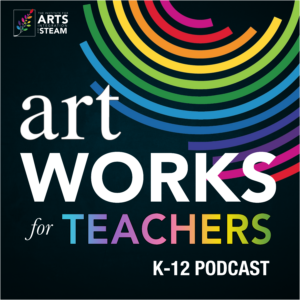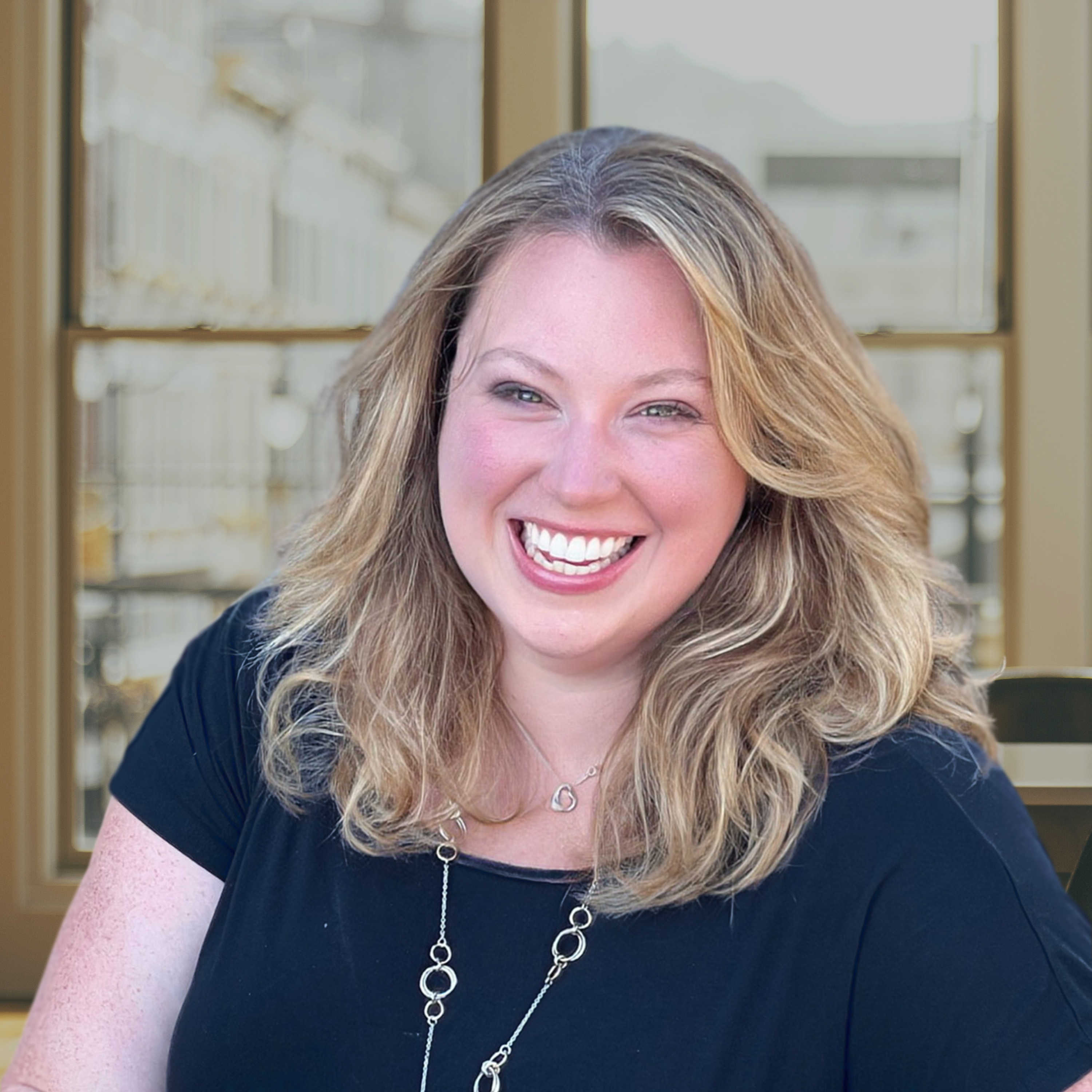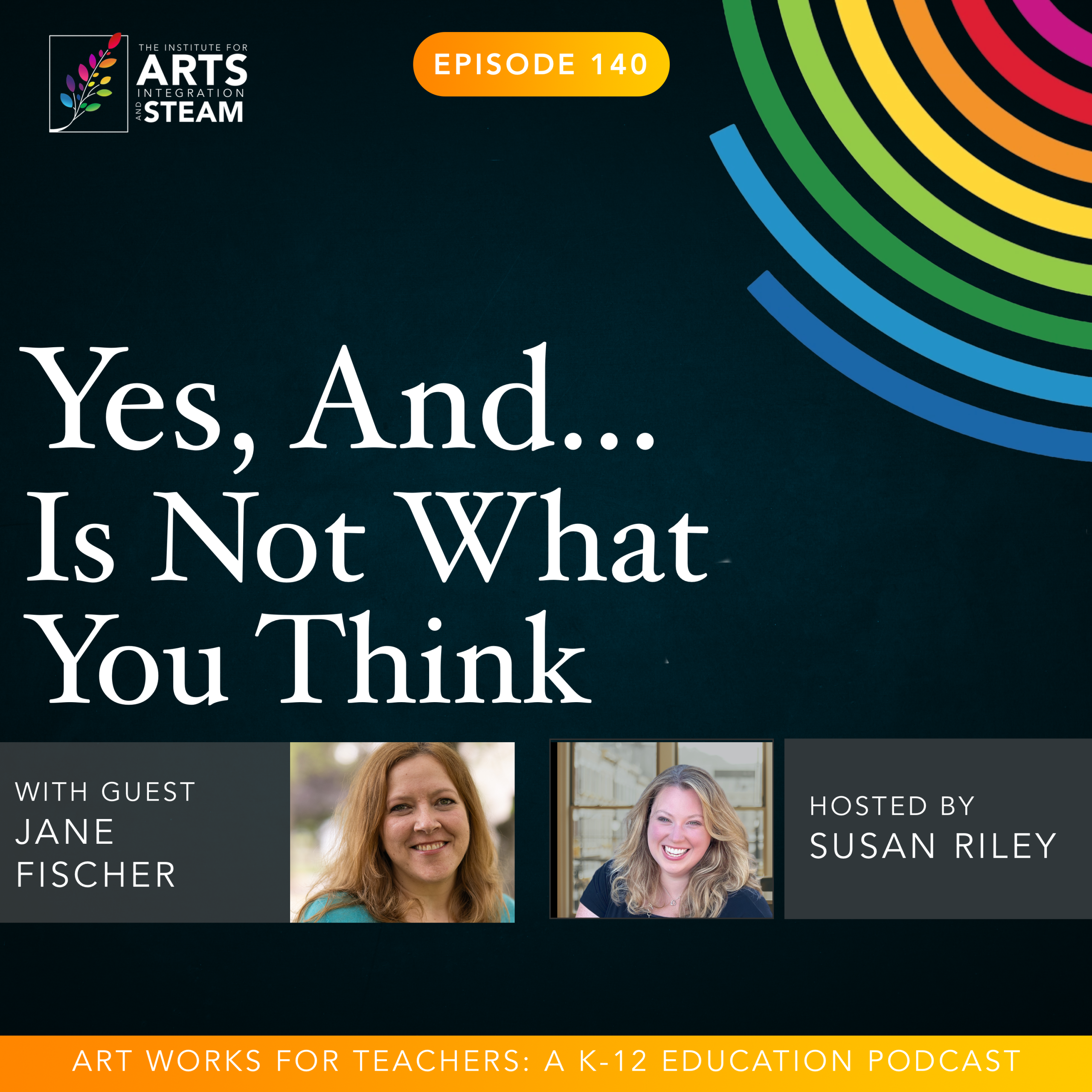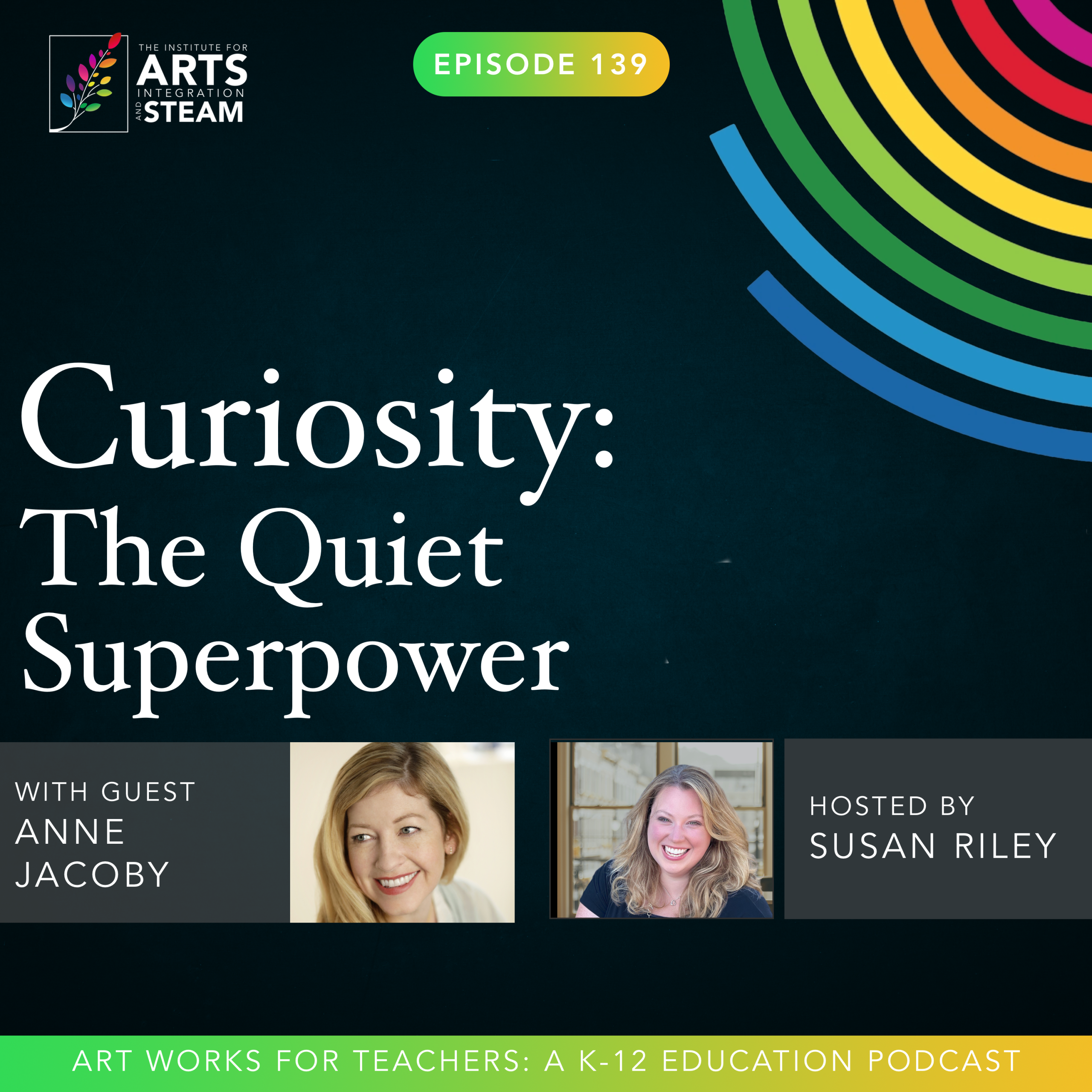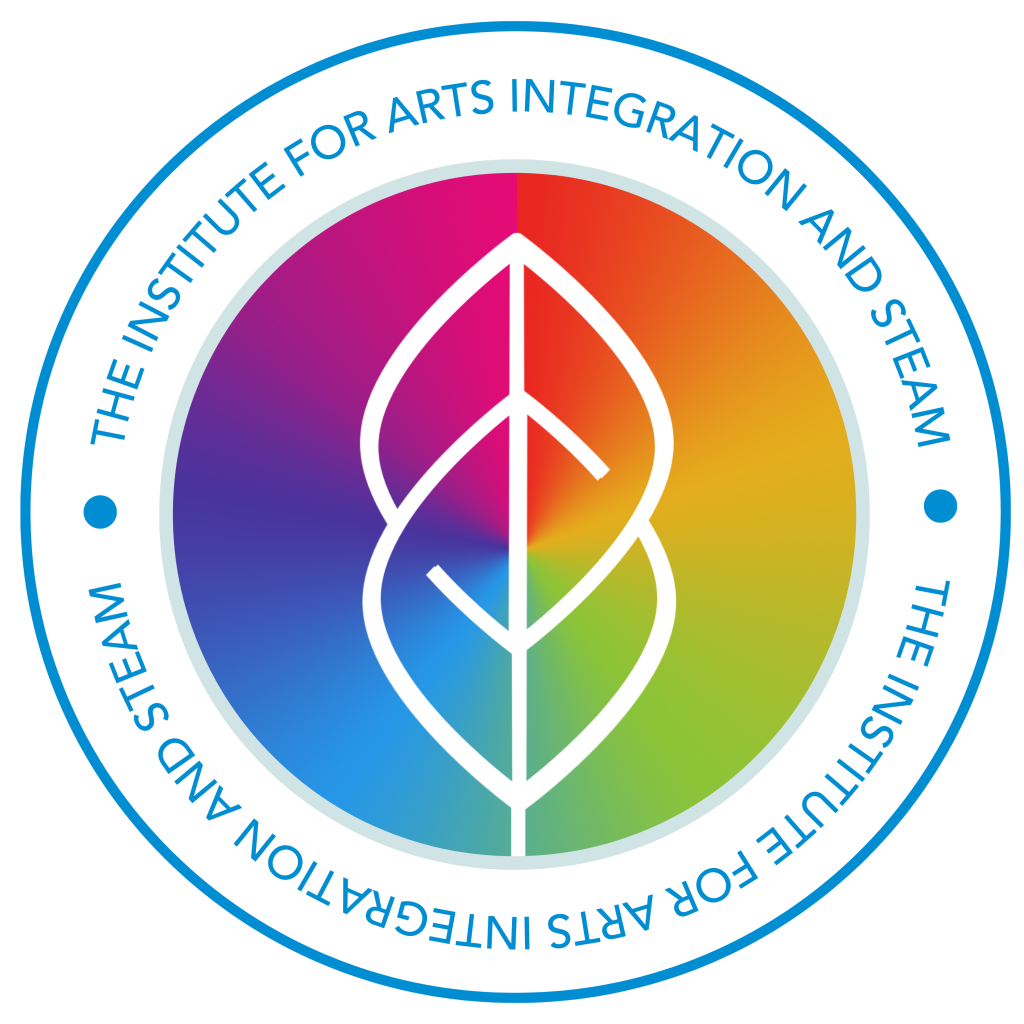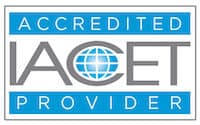ART WORKS FOR TEACHERS PODCAST | EPISODE 093 | 31:20 MIN
Why Creativity is the Key to Wellbeing
 Resource Download
Resource Download
Enjoy this free download of the Uncovering Your Creative Voice resource.
(Also includes a worksheet for students.)
Susan
Alright, well welcome to the show. I’m so excited that you’re here. Could you please introduce yourself for our audience and let them know a little bit about your background in case they’re not familiar.
Girija
All right. Thank you so much for having me. My name is Dr. Girija Kaimal. I’m a professor at Drexel University and also a researcher on the physiological and psychological health outcomes of visual self-expression. So I’m an art therapist by training. And before that, I was a designer. I’m a lifelong artist. And I work to better understand how self-expression and creative expression promotes health and wellbeing.
Susan
… which we all need more of. I’m a big fan, so that’s wonderful. So you also have a book that you’ve written called The Expressive Instinct that we’re going to get into in a minute, but I would love to know from based on the research that you do and in your background, what are some of the biggest takeaways when it comes to the arts and our health that you have
Girija
Yeah. And I think this is something I feel like I try to share with whoever will listen every single day is that the arts are not separate. It’s not something that talented people or gifted people do or famous artists do. If you go back in time, the human, the evolution of the human brain is completely parallel to the development artistic expression. So artistic expression is actually quite unique to human beings. Creativity is unique to human beings. So arts are merely a way for us to practice what is unique to us, which is our creative, expressive needs. So I talk about this extensively in the book, which is that our need to express ourselves is deeply embedded in us. It helps us one, share who we are with others.
And it’s a need because it is a way for us to communicate. And we are very relational and social beings. So art sort of holds all these dimensions of us as human beings.
Susan
And I like how you brought that up about that humans are the only ones, the only species that really creativity is a part of. I’ve never really thought of that. I know that we learned, we were creative before we learned how to feed ourselves. And so I’ve always thought, well, if it’s so important that we know we could do that before we even understood how to feed ourselves, that’s critical. But of course, I’ve never thought that any other species out there, it’s
Creativity isn’t in their their nature. So based around all of that, what would you say to people who? And I hear this all the time. The arts are fluff. We don’t need them as much as we need to teach our kids reading and writing and math because that’s what’s going to get them ahead. What do say to that?
Girija
And I would agree if you think the purpose of life is a living and I fully agree. I think there’s a lot of creativity and innovation in the math and sciences. I think especially in the US, technological development is our sort of greatest strength. I feel however though that life is not just about getting ahead and earning a living. We do need that. think, you know, I would not say
I wouldn’t say to anybody, just don’t ignore. It’s an important part of life, right? You absolutely have to be independent in a living. But you don’t live a full life if you are not open to the range of emotions and experiences that help you fully become yourself. And the arts really give you that. And the beauty of the arts is that you don’t have to go through every experience yourself. There are paintings, there’s poetry, there is dance, music, literature, things that you can resonate with, where you can see your experience represented in the work of someone who’s been thinking about it and feeling all the emotions that you’re feeling. So to have the arts, I feel, is a way to live a full life. And I see this even in, I have a child who’s, studying to be an engineer. And I will tell you this, know, she, as an intern, she already earns more than I did after my, after my doctorate. But you know what? That’s not gonna alone, that alone is not gonna lead you to a happy life. And I know because she talks to me about it. And she’s like, I don’t know what my purpose is. And sure, I can take this job and design aircraft engines for the next 50 years and I’ll earn a great living. But why am I doing all of this? How does this matter to humanity? The arts really help you connect with those ideas of who we are as people. Why are we here? What is our sort of purpose on this earth? And I think helps you do that and kind of reduces some of that loneliness that we all will inevitably feel. So you might think it’s fluff, but let me tell you, when life hits you in the face, it’s the arts that will get you through.
Susan
It’s so true and I and I think you know to your point yes making a living is is so important and for folks who are struggling economically that seems top of mind but I also to you to what you shared everybody goes through grief everybody goes through joy and in their life depending on what it is that you’re experiencing the arts allow you to connect and find that other piece of someone who sees that, who understands what you’re going through at that moment and can resonate with that. And so that leads me beautifully into your book, The Expressive Instinct, which came out in 2022. So I’m wondering what exactly prompted you to write that book at that time, and can you give us an overview about what the book is all about?
Girija
So this is the book. And the reason I wrote it was manifold. So I went to actually a lecture. I was invited to do a lecture for art educators in Utah. And I shared some of our research studies. I shared some of our findings. And one of the organizers there, she said to me, do you have a book that summarizes a lot of your papers and your research in ways that people who are not researchers can understand. And I said, I do not. This was in 2019. But it made me think, you so much of what we are trying to say or what I’m trying to say with my research is like, allow yourself, allow yourself to be connected, allow yourself to be creative, allow yourself to be expressive, and don’t feel like you have to hold
based on some sort of judgment about skills or things like that. So this was sort of on my mind, and I had made a promise to myself I would not write a book till I had something substantial to say. And the book really has almost 15 to 20 years of my research, and I felt all right. I think at this point I might have something to say.
And then the pandemic hit and I was like, okay, this is happening because we’re all kind of cooped up. I remember the pandemic hit, it was March 2020. And then I started working on a book proposal and submitted it to Oxford in June, 2020. And then spend the next year and a half writing it. And my aim really was to make available in lay language, even though I’m told a few of the chapters are super dense. So now, I think for the next edition, I’ll have to write a little bit more thoughtfully. But I wanted to really convey and empower all of us to sort of tap into these capacities that all of us have. Whenever someone says they’re not creative, I was like, all right, we need to talk because there’s no such thing. If you are human, you are creative and why not not tap into these capacities and resources indestructible I might add…
Susan
I mean, indestructible resources. Can you expand on that a little bit? I love
Girija
Yeah. So, you know, this idea that creativity is innately human is also connected to how our brain works. So the way our brain works is that it’s not a computer, it’s a prediction machine. And it’s one job every single day is to keep you alive moment to moment. So even if you’re even, you know, this is why if something comes at you or you trip, your body automatically does things to protect
So when you fall, your arms and legs will go out to protect the more vulnerable parts of your body. If something comes at you, your eyes will close instinctively. It’s going to protect your eyes. Similarly, what the brain is doing is it’s trying to predict what you need based on what it’s seeing in the environment. So simple things. What should you wear today? It’s 96 degrees here in Philadelphia today. So OK, maybe don’t take out the jacket.
It might rain in the evening, maybe carry your umbrella. So it makes these simple decisions all the time. What that means is that we are always using information from the past and present to predict the future. Now, what else is that like? That is basically imagination. Right. And that’s basically the structure of a story. Past, present, future.
This happened, therefore this happened, therefore this will happen. So think of those two things, imagination and storytelling. That is how our brain is wired. It’s wired to imagine and it’s wired to respond really well to stories. So if you think about creativity as being imagination and storytelling, just who we are. It’s something that always, always, always will exist in us as long as our brains are functioning and we are able to engage with the environment. We can’t help it. We can’t help but be creative. So I feel like this is, and it’s a resource that we can tap into both in distress and in wellness. for a lot of our sort of clinical work in art therapy, we find even individuals who’ve been through extreme trauma or injury or mental illness or childhood adversity, this is a resource you can always step into. And it gives, we have evidence for this. It gives people confidence. It gives them a sense of agency and empowerment. Okay, I have it in me. I have it in me to come up a problem solving strategy, an adaptive strategy to cope in the world.
Susan
And is that why you used the word instinct in the title, The Expressive Instinct?
Girija
I do. I feel like we have it. We suppress it. We get messages from society that maybe you shouldn’t be drawing. Maybe you shouldn’t be dancing. Maybe you shouldn’t be singing. But I I’ve been everyone to put aside those messages and say, if I enjoy it and it gives me peace, joy, fun, respite, sanctuary, any of
Go for it. Own it. Yes.
Susan
Yeah, own it. Absolutely own it. So what would you say is the difference between creativity and creative expression?
Girija
Yeah. So creativity is like, is any, and it really depends as many types. There’s a lot of research on different types of creativity, right? There’s big C creativity and small C creativity, which is basically big C creativity are like big inventions or artistic genres, you know, when someone comes along and really sort of changes the way we see the world.
Small C creativity is the sort of everyday stuff, the small things we do. We figure out a shortcut or we put together a card that we make for someone, or you create a garden, or you create a meal from leftovers in the fridge. All those are everyday small C creativity. There’s also pragmatic creativity. These are all the different ways that we come up with novel solutions to the problems of the world. Creative expression is typically something more connected with the arts. So it may or may not have a practical use, but it has an expressive use. It serves to get something out of us. by that, I mean both sort physically as well as metaphorically. So it’s something is sort of ruminating in your head. And I do this all the time, like I will doodle. And it sort of gets me out of that ruminative cycle and I can get it out of my body physically. So it feels less of a burden, so to speak. So creative expression is really sort of getting out of you something, your sort of inner state.
It’s a great question.
Susan
It’s, well, and it makes me think a little bit because so often they’re lumped together, you know what I mean? And so being expressive with your creativity and thinking about that in an access point way, thinking about which is my, which art form would be my access point in order to be expressive, I think is really thoughtful as well. From your research, is there, how does creative expression specifically support our human experience? And I’m gonna put another one.
Are there some ways that we can embed that into our own teaching practices?
Girija
Right. And I do want to add over there, I don’t think creativity by any means is associated with the arts alone. I think you can bring it into any profession. I think whenever you’re coming up with a novel or innovative solution to a problem, you are being creative. Absolutely, you can bring it into teaching the way you adapt a lesson or a problem to help someone understand the way you might bring in different media and tools to create a metaphor for a problem and explain it. One of my favorite ones is explaining chemistry and the periodic table as a grand epic. You have different, but each element is a character, you know, and there’s the alkaline and then there’s the acidic and they are, and then sodium and chlorine come together and there’s an explosion and a lot of volatile elements can be combined with less volatile elements, and they sort of form something completely new. To me, the periodic table really was characters. So how might you make it meaningful and relevant? And the role of metaphor is huge here, I think, particularly in teaching. But really, it comes into any profession.
I don’t think it’s unique. What the arts do provide is a way to sort of bring in like fun and expressive freedom in ways that might not always be accessible.
Susan
Yeah, and I want to be clear on here because earlier you had said that creative expression uses the arts, whereas creativity could be anything. So I was thinking about creative expression specifically, how we might be able to bring, am I wrong in that? Did I mishear?
Girija
It depends on how you apply it, right? So creative expression really is at the level of the individual. So I’ll give you an example and then maybe you can tell me the answer to this. So I’ve been going to physical therapy the last few months. I have an ankle sprain and I’m struck by how my physical therapist comes up with the most innovative exercises to activate that one particular muscle. She makes me like contort in different shapes, walk in different ways, put a band here, put a thing there. It’s coming from a lot of expertise. She knows exactly how this muscle will be activated. And she makes me do creative things because she is being really creative, right? But the expression of that is with me, right? I’m the one who’s sort of channeling
If I take it a little further and I start sort of maybe dancing with it or making a joke about it, then it moves into more of the creative expression. I’m making it mine. I’m individualizing it. I’m personalizing it. Do see
Susan
Yes, I understand. Yes, yes, yes. The ownership piece of it. it does really, yes.
Girija
The ownership, I’m making it mine. She came up with this creative exercise. Now what do I do with it?
Susan
Right, right, exactly. Okay, that clarifies it for me. Thank you so much, because I wanted to make sure that we were all on the same page. And also when we’re thinking about bringing this into our classroom, I love this idea of agency for our students as well, and letting go of a possible outcome, which in education is so difficult, right? Because we’re teaching honestly to the test so many times, whereas this allows students to really kind take it upon themselves and play with it and learn from it on their own, which may not fit into a box that we had anticipated. perhaps flexibility is also something that we can bring into our teaching practice a little bit more to allow for more creative expression.
Girija
Sure. And openness, so if you think about different personality traits, openness is something that has been associated with creativity. And I will say like not everyone thinks creativity is a great thing, right? Sometimes when you want, when you empower people, they will not always do what you need to do. And you might not always make it through your lesson plan and the end of the year exams that, know, standardized tests, all of
Susan
Right, right. So going back into your book though, in part three, you really talk a lot about facilitating creative expression to help us cope with stressors, trauma, adversity, and particularly now, and in the last several years, honestly, educators, you know, they need a prescription almost for dealing with their kind of anxiety. And they’ve, you know, they’ve been seeking it in a lot of different places. But I think the arts are an unused or untapped component that maybe we could support them with. What are some ways that educators can explore their own creative self -expression as a way to navigate specifically their emotions and mental
Girija
Yeah, and this is huge. I think social media has definitely helped with awareness, but sometimes I think it is part of the problem that we don’t allow ourselves to just sit with whatever experience we always, and I do this too, we pick up the phone. I would say very intentionally, take time to do nothing.
Susan
Yeah, so double edged sword.
Girija
It’s very easy as educators to always be, OK, this needs to be graded, this lesson plan, like diversifying for all the different students. It’s very easy to constantly be on. You have to actively unplug to rest the overstimulated burdened and it’s sort of challenging and demanding environment. That’s unplugging, which is separate from recharging. You have to find what really is your expressive media. So think back to what are the things you really enjoyed? For some people, it might be gardening. It might be cooking. It might be baking. It might be fiber arts, woodworking.
It could be digital stuff too, like digital art making, any of that. Anything that allows you to bring out who you think you really are, photography, writing, poetry, any of it. But only you will know what really is your expressive way. It could be sports, it could be running. mean, anything that allows you to sort of go into a zone where you’re like, okay.
This is me. I am getting to be expressive in the world in a way that feels right to me. That’s really, really important. And it really varies by person. A trick I offer is go back to childhood and think about the things you really enjoyed doing without anyone else telling you to do it. Like, what did you used to do when you were free to do whatever you wanted to do? I would start there and to make that an intentional part of, if not every day, every week. So for me, like I think of Saturday as my day as, all right, it’s my studio time. And right now my studio is just a big table, but that’s my studio time. I get to sort of play around.
Susan
Yeah. And I think it’s so important that I love that the distinction between unplugging and recharging. I think oftentimes we put those two things together and they’re not one in the same. I often say to my own daughter, it’s okay to be bored. Boredom will lead you to the places that, you know, that you didn’t know you needed. So I love that. And I think we’re afraid sometimes of boredom or of silence or of completely unplugging,
There can be such gems in there. So I think I love that being able to unplug and then thinking about how to recharge. Now there’s a question I ask all of my guests. We’ve kind of been circling around this throughout the entire episode, but I would love your take as well. From your experience, how can creativity impact education
Girija
I think if we think about education as preparing the next generation to not empower them to, one, take care of themselves, and two, serve the world in a useful way as problem solvers.
How can you not pay attention to creativity? You’re just creating employees of the future, not humans of the future, is what I would say.
Susan
That’s powerful. Thank you. So where can people learn more about you and stay in touch?
Girija
So you have my email, I I think probably my Yahoo email is best, girijakay@yahoo.com. Most of my work is on my website, which I need to update. But it is there. And you can also check out my research on the faculty pages of Drexel. And I am, yeah…
Susan
And of course your book, right? Which is available everywhere.
Girija
Yes, it’s being available everywhere. Yes.
Susan
Awesome. Great. And we will put all of those links and everything into the show notes so that people can get in touch and find out further information. Thank you so much for joining me today. It has been such a pleasure and I have learned so much from you during just this short period of time. So thank you.
Girija
My God, thank you so much. I loved your questions. They have certainly made me think. So thank you. All right.
Susan
Thanks. Wonderful. Wonderful. Thank you.
Dr. Kaimal’s website
Dr. Kaimal’s book, The Expressive Instinct
Dr. Kaimal’s email address – girijakay@yahoo.com

